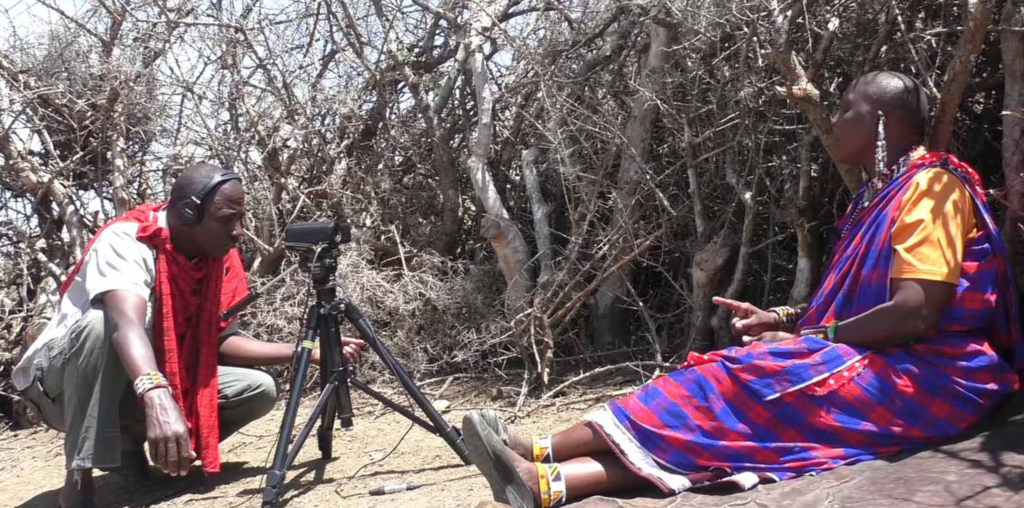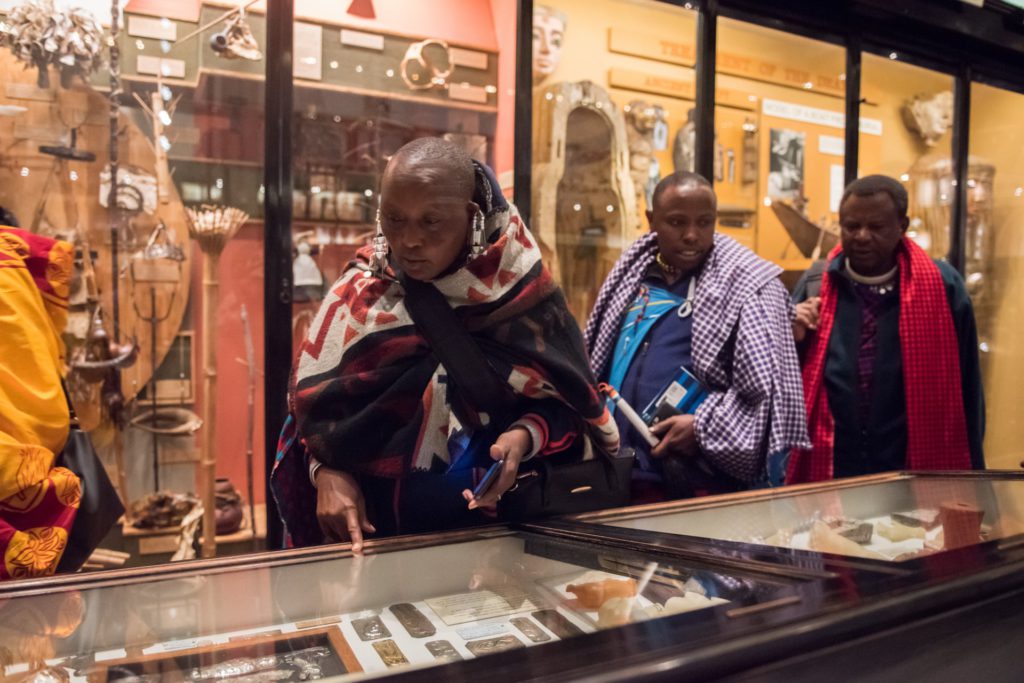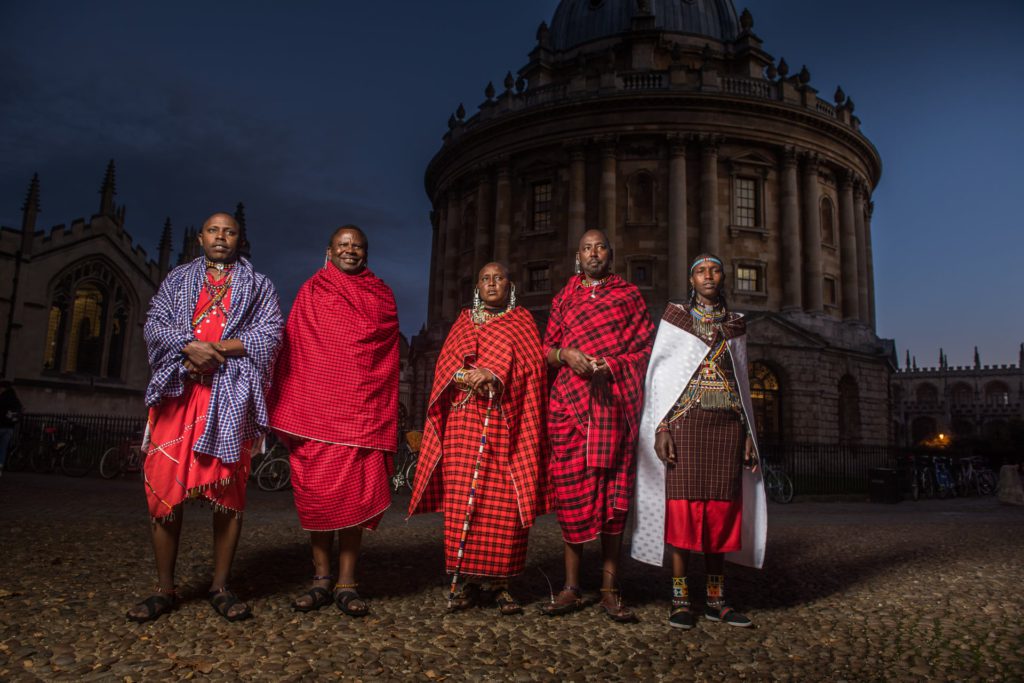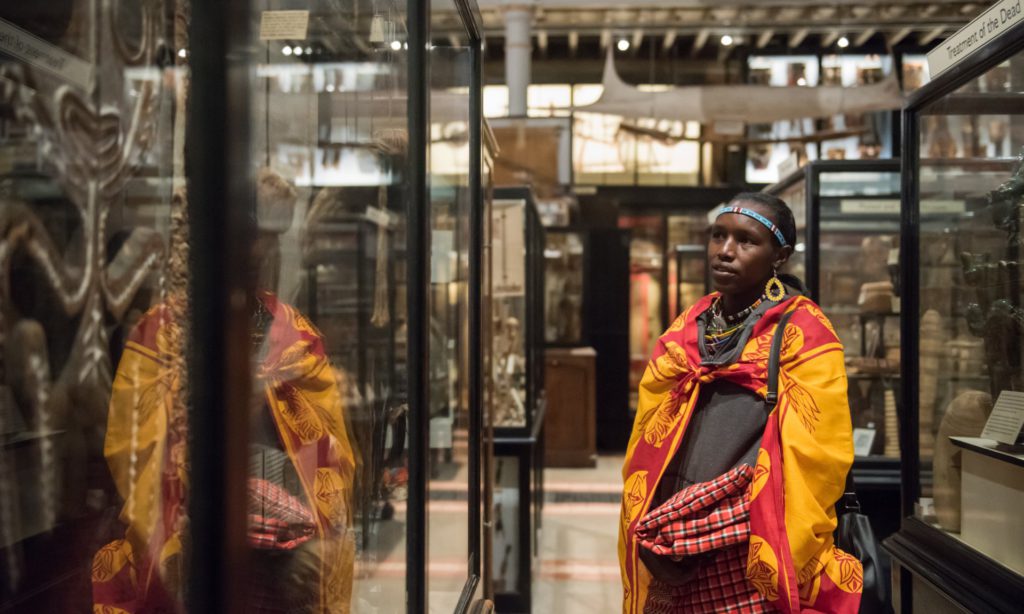
This post was originally published on the Museum of Equality and Difference site.
In conversation with Eugene Van Erven
Equalizing, liberating or decolonizing museums, to me, should be about participation, a notion that is not self-evident or always an inherently good thing. Anyone intent on decolonizing museums could benefit from critically exploring the complexities involved in participation.
There is no need here to recapitulate the troubled histories of western public and private museums; Tony Bennett and other new museology scholars already started paving that way back in the mid-‘90s and many have followed in their footsteps. It is clear that since the 1980s these institutions offer a conservative perspective on the origin and value of art and artifacts and have therefore come under increasing scrutiny. An important catalyst for this critical perception has been the international community arts movement, a very diverse phenomenon that is united by the idea that everyone, regardless of their background, has the right – and the ability – to actively express herself through art. Egalitarian, reciprocal, participatory creative processes in which shared ownership in the resulting artwork by people who have had no formal previous art training, are a hallmark of this practice which is rapidly expanding all over the globe. [1]
Over the past couple of decades, community arts principles have also been gradually entering the museum world. One of the most outspoken advocates of this development is Nina Simon, the soon-to-be ex-director of the Santa Cruz Museum of Art and History. In her well-known book The Participatory Museum she acknowledges the influence on her thinking of the enhanced visitor experiences that science centers and children’s museums started experimenting with in the 1960s and ‘70s. She dreams of a museum,
[…] where people discuss the objects on display with friends and strangers, sharing diverse stories and interpretations. A place where people are invited on an ongoing basis to contribute, to collaborate, to co-create, and to co-opt the experiences and content in a designed, intentional environment … It may look more like a coffee shop or a community arts center. It may function with models found today in a co-working space or a sewing lounge. It might feature content based on democratic rather than top-down processes. It might prioritize changing displays over traditional conservation and accession practices, multi-vocal content over authoritative catalogs. [2]
Others have followed Simon’s lead and are now actively contributing to what is sometimes called Museum 2.0 (the participatory or community museum) and its more radical latest inflection, Museum 3.0, which focuses on user-generated exhibits. [3] But there are also plenty of reasons to be wary about participation in the arts and in museums, as Sruti Bala points out in her recent book The Gestures of Participatory Art:
The demand for participation intensifies when participation is denied us. Yet we are inclined to refuse participation when it is demanded of us. If we are only able to participate in ways that are already acceptable or proper, then, sooner or later, our participation becomes an instrument of our own subjugation and pacification rather than a means of freedom. [4]
Heeding Bala’s warning, one aspect one might look at from different angles is how conscious an artist – or a museum curator, for that matter – is of the complexities involved in participation between local and larger entities, and of her own power vis-à-vis those of participants. In her chapter in the Participation Reader, Glyn Williams argues that only participation that has rigorously shed any romantic idealism is capable of engendering meaningful local dialogues. Williams was referring specifically to participatory development projects in the Global South. But in my experience that is equally true for well-designed, flexible and carefully executed participatory arts projects in the Atlantic Northwest. The more carefully designed and ethically sound participatory enterprises tend to be playful and involve the gradual construction of reciprocal relationships between participants and artists, whereby surprising new perspectives emerge about local contexts and about each other. They open up forms of personal creativity that participants may not know they possessed and generate in-depth conversations that would not have been possible in any other way. In order to assess the quality of these initiatives, you have to dig deep behind the scenes, during and long after the creative process that produced them, and preferably from different disciplinary perspectives.
In her otherwise very worthwhile Artificial Hells: Participatory Art and the Politics of Spectatorship, Claire Bishop criticizes art projects that insist on participation and collective ownership and which she therefore regards as confirming the political status quo (or playing into the hands of a neoliberal agenda) and artistically weak. Instead, she has a clear preference for participation ‘light’ in installation projects by internationally recognized visual artists and designers like Jeanne van Heeswijk and Thomas Hirschhorn. She favours art that rubs, provokes and shocks; art created with limited input from non-artists, and packaged in an aesthetic currency that speaks to the international taste of prestigious biennales.
Bishop does not make the impression to have witnessed up close the behind-the-scene processes of what she regards as the consensus-oriented participatory art that she so cavalierly dismisses. In my experience, these participatory art enterprises – which may look rough when presented in the public domain – frequently contain virtuoso processes and, during them, plenty of uncomfortable, challenging moments of dissent and contradictory layers of meaning. Bishop is right when she argues that both the artistic and social dimensions of these projects need to be rigorously investigated and that we need to develop a new language and quality criteria for them. She is also correct when she claims that weak and naive community projects – of which, admittedly, there are many – play into the hand of neoliberal policies. But she misses the point when she thinks that only the hip avant-garde participatory art examples that she discusses are capable of communicating both with cosmopolitan art consumers and a less sophisticated local public about the paradoxes of daily life and to inspire us to fantasize about a different world and our relation with our fellow humans. Time to get back to the museum.

The collection is inspected by Kuweya Timan Molle, Samwel Nangiria and Francis Shomet Ole Naingisa. Photo by John Cairns.
InsightShare
One of the best practices I know within the realm of user-generated decolonized museum interventions is the work of InsightShare. Founded in 1999 in Oxford by community activist Nick Lunch and his brother Chris, an anthropologist, the organization is widely recognized as a world leader in participatory video. InsightShare is well aware of the potential dangers in participation, as their entry in The International Encyclopeadia of Digital Communication and Society attests:
The “tyranny” of top-down “compulsory participation” forced development actors to claim that all of their initiatives were “participatory.” This resulted in a proliferation of sham and tokenistic “participation” claims in project plans and funding bids in order to conform to funder dictates. [5]
InsightShare has always avoided this pitfall. Inspired by Paulo Freire’s liberation pedagogy and undeniably profiting from the digital revolution that has drastically reduced the cost of video equipment, it is responsible for establishing sustainable community-controlled video units all over the world and particularly in indigenous territories. They are radical – even purist – about participant control of scripting, filming, editing and distributing videos that critically reflect on their existence and their attempts to productively transform their world. [6] Crucially, participatory video à la InsightShare allows the “inclusion of non-literate and low-literate participants in processes of knowledge formation and dissemination.” [7]
Since 2009, InsightShare has been collaborating with 17 indigenous communities in 15 different countries, including Cameroon, Mexico, the Philippines, Canada, Panama, Kenya and Peru. Under the umbrella name Conversations With the Earth, indigenous video units in these countries have been producing videos on how their communities are being affected by climate change. These films have become part of exhibitions in such prestigious heritage institutions as the national Museum of Denmark and the Smithsonian’s National Museum of the American Indian. In a similar vein, at the end of November 2018 InsightShare facilitated a week-long decolonizing intervention of five Maasai activists in Oxford University’s Pitt Rivers Museum (which itself has a tainted colonial history).
The Maasai-led decolonizing process at Pitt Rivers began with a coincidental visit in November 2017 by a Maasai community leader who, at the time, was visiting England for an NGO-conference. Shocked by sacred Maasai objects he saw displayed in the museum, he approached Pitt Rivers director Laura van Broekhoven, a Dutch archeologist and cultural historian. A leading figure in decolonizing ethnographic museums, she invited Samwel Nangiria and four of his fellow tribespeople back to critically address the Maasai cultural artefacts in the Pitt Rivers collection. Their return to Oxford was co-facilitated by InsightShare. During this week-long intervention, the Maasai corrected factual errors in the information connected to items on display, but they also laid a claim on at least five highly sacred objects. [8]
It is too soon to tell whether Nangiria and his team will succeed in reclaiming the sacred objects they discovered in the Pitts Rivers museum, although van Broekhoven does not reject this prospect outright. Regardless, this recent decolonizing intervention in Oxford contributes to reframing the exoticism with which Maasai culture tends to be perceived by western tourists and correct the way their stolen ritual objects are being displayed in western museums, which enhances the false notion that their culture is dead. The powerful productions of their participatory video unit in Tanzania demonstrate that quite the opposite is true. [9] Meanwhile, their critical collaboration with the Pitts Rivers is far from over. It also usefully reminds us that decolonising museums is enriched by participatory practices and that a lot is lost when it remains the exclusive task of museum experts.
Eugene van Erven holds a Ph.D. in Comparative Literature from Vanderbilt University (1985, US). He has worked at Victoria University in Wellington (New Zealand) and at Utrecht University (Humanities, University College), where he has taught literature, drama and community arts courses. Between 2004 and 2006 he conducted oral history research and taught in the Caribbean island of Aruba. He has been back at Utrecht University since then, teaching in the Media and Culture studies department. Between 2005 and 2014 Eugene worked ‘on loan’ for the Community Art Lab of the Peace Treaty of Utrecht. Since 2009 he also works ‘on loan’ as artistic director of the International Community Arts Festival in Rotterdam. On July 1 (2015), Eugene was appointed Professor of Media, Performance and the City. Part of his task is to stimulate academic discourse on participation in the arts and to foster sustainable partnerships between Media and Culture Studies and professionals in the culture and media sector. Since September 1 (2015) he is Head of the Media and Culture Studies Department.
Notes:
[1] To get a better idea of how varied and widespread this practice is, check out the website of the International Community Arts Festival that I curate together with Jasmina Ibrahimovic and Anamaria Cruz or flip through the pages of this recent photobook (press for link).
[2] http://www.participatorymuseum.org/imagining/. Consulted 24 December 2018.
[3] I am grateful to François Matarasso for introducing me to this concept in an earlier version of his book A Restless Art. He links it explicitly to the Middlesborough Museum of Modern Arts (MIMA).
[4] Bala, The Gestures of Participatory Art, 7-8.
[5] Roberts and Lunch, “Participatory video”, 2.
[6] Roberts and Lunch, 3.
[7] Roberts and Lunch, 4.
[8] For a full report on the Maasai visit to Oxford see Yohann Koshy, ‘Hey that’s Our Stuff: Maasai Tribespeople Tackle Oxford’s Pitt Rivers Museum’. Last consulted 22 February 2019.
[9] The InsightShare website contains plenty of examples, including this one, and this one (Press for links).

